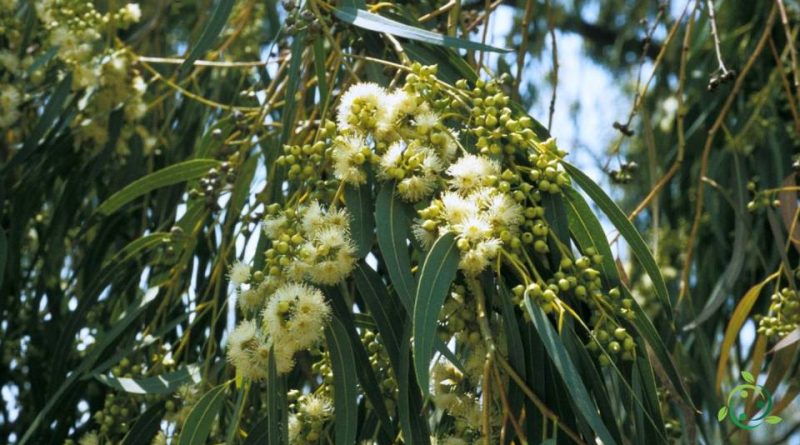Reproduction of the Blue gum
Reproduction of the Blue gum
Blue gum (Eucalyptus globulus Labill., 1800) is an evergreen tree belonging to the Myrtaceae family, native to southern Australia.
Suitable breeding habitat –
Blue gum is a species native to temperate Australia that was introduced to other areas of the world and to the Mediterranean basin in the mid-19th century where it was spread and propagated along the coasts.
In Italy it is found from Liguria to Sicily.
In its range of origin it grows in the forests of New South Wales, Victoria and Tasmania, including some of the Bass Strait islands. The bicostate subspecies is found in mountainous and highland areas between the Carrai Plateau in northern New South Wales and the Pyrenees in Victoria. The globulus subspecies is found primarily in the lowland areas of Tasmania, but is also found on some Bass Strait islands, including King Island, and in the far southwest of Victoria. The maidenii subspecies is found in the coastal ranges of southeastern New South Wales and eastern Victoria. The pseudoglobulus subspecies is mainly distributed in the rural region of eastern Gippsland, but there are isolated populations in the hinterland and in the Nadgee Nature Reserve and in the southeastern area of New South Wales.
Outside this range there are now naturalized specimens in Spain and Portugal and in other parts of southern Europe including Cyprus, southern Africa, New Zealand, western United States (California), Hawaii and Macaronesia.
Propagation –
Eucalyptus globulus is a plant mainly of the warm and subtropical temperate zones; occasionally it is cultivated at altitudes up to 3,100 meters in the tropics. It grows best in areas where annual daytime temperatures are between 18 and 23 ° C, but can tolerate between 6 and 30 ° C.
It is a moderately hardy species, although mature plants cannot tolerate temperatures below -8 ° C.
It prefers an average annual rainfall in the range of 700 – 1,400 mm, but tolerates 550 – 1,800 mm.
For cultivation we recommend a sunny position in a moderately fertile well-drained soil that retains moisture and is a plant that adapts to a wide range of soils.
Remember that this plant, with its root system and its grandeur, greatly limits the growth of other plants as well as water availability.
Propagation occurs by seed; this must be sown superficially, in a sunny position and in the presence of compost which must be kept moist.
Species that come from high altitudes appreciate 6 – 8 weeks of cold stratification at 2 ° C.
After germination it is recommended to place the young seedlings (as soon as the second stage of seed leaves has developed) in single pots. If left longer they could be affected by the transfer to the vase.
The definitive transplant, with all the bread of earth, must be carried out when the plants have reached a height of 25 – 30 cm, generally after 3 – 4 months.
It should also be remembered that the seed has a long vitality.
Ecology –
The area of origin of Eucalyptus globulus includes, as mentioned, Tasmania and the coastal area of the southern state of Victoria. However, the species is widely cultivated in environments with a Mediterranean climate. In Italy it is found in the Center, in the South and in the Islands but less frequent than the Camaldulense eucalyptus.
It is a heliophilic and thermophilic species, quite rustic but more demanding than the Camaldulense in humidity. It has no particular pedological needs and is also suitable for poor and shallow soils, however it manifests its considerable vegetative potential in clayey and deep and sufficiently humid soils even in conditions of prolonged stagnation.
This species has been widely used as a forest species but represents an obstacle to the renaturalization of indigenous species for which a program of recovery of these areas should be made, limiting the cultivation of Eucalyptus for other purposes, such as those of the production of paper and wood for production. of wooden artefacts of little value.

